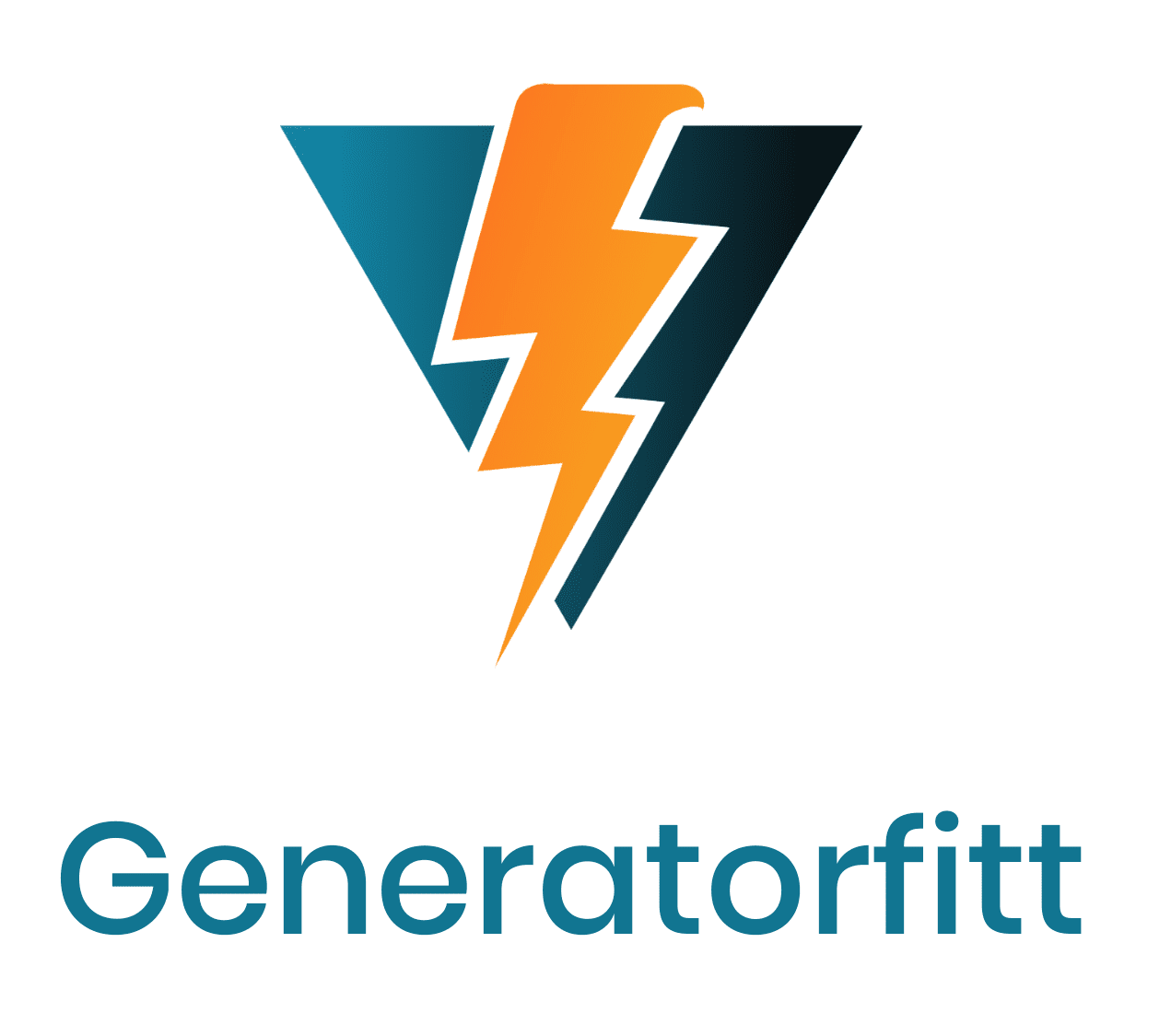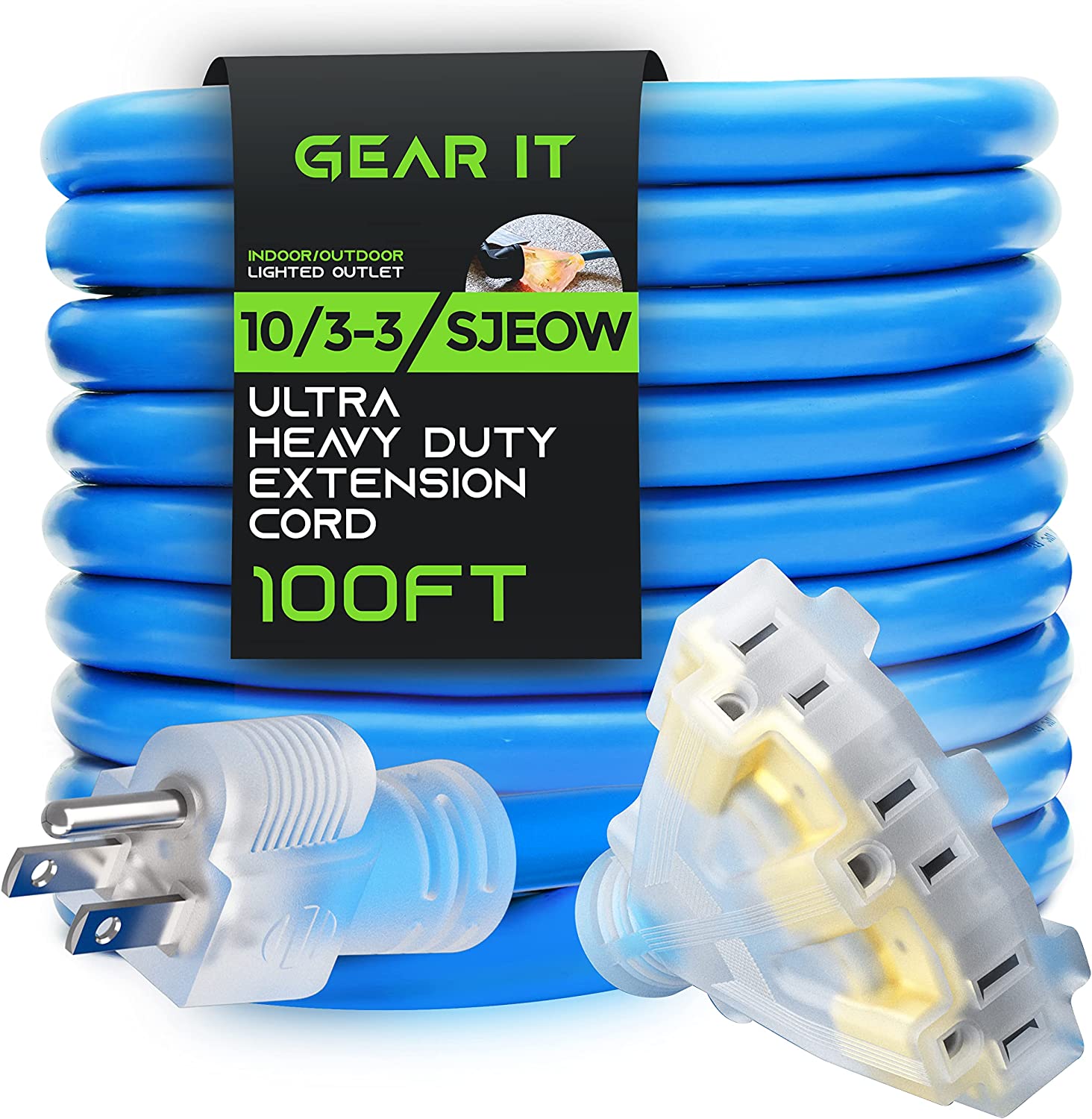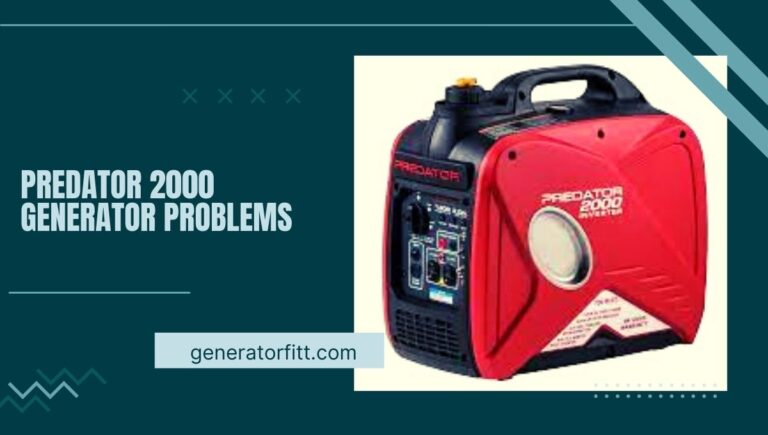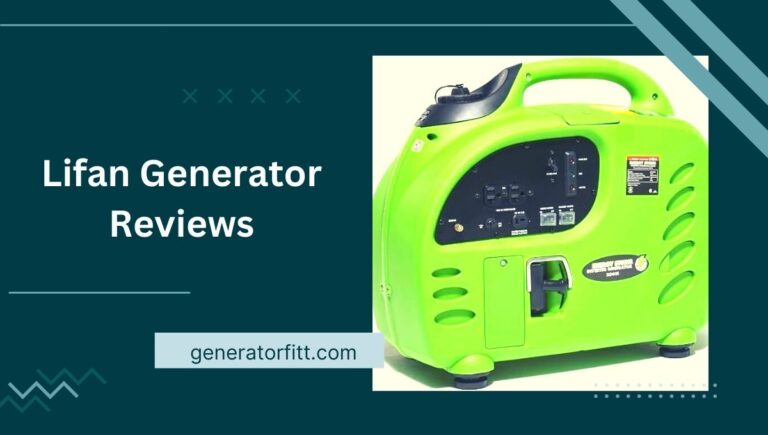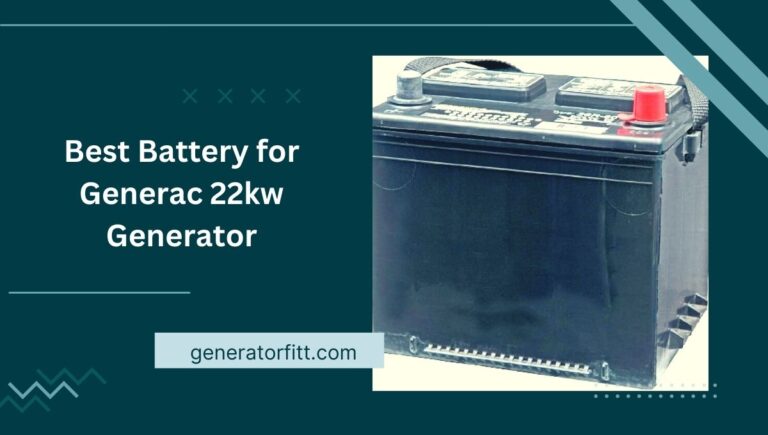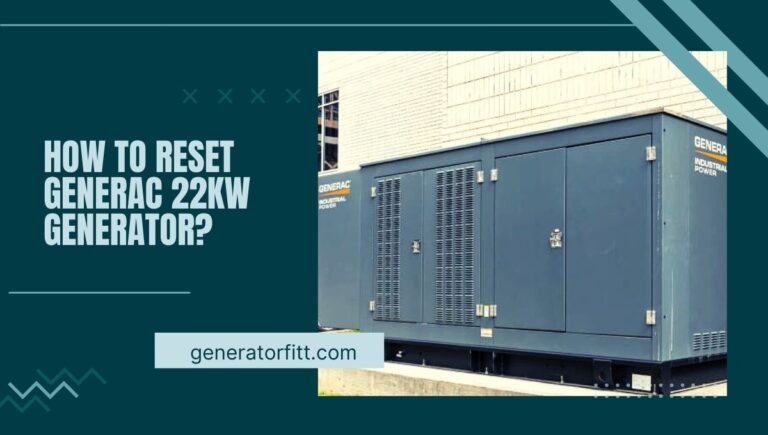3 Prong VS 4 Prong Generator Plug: (Detail Guide) of 2023
3 prong vs 4 prong generator plug, When it comes to connecting a portable generator to a power source, choosing the right generator plug is crucial for safety and efficiency.
Two common types of generator plugs are the 3-prong and 4-prong plugs, which differ in the number of prongs or pins they have. While both types of plugs serve the same basic purpose, there are some key differences between them that users should be aware of.
In this article, we will take a closer look at 3-prong vs 4-prong generator plugs, and explore their respective advantages and disadvantages to help you make an informed decision when selecting a plug for your generator.

50 FEET Heavy Duty Generator Locking Power Cord NEMA L14-30P/L14-30R,4 Prong

- Length: The power cord is 50 feet long, making it ideal for connecting a generator to a power inlet box or transfer switch that is located far away. This added length provides greater flexibility in setting up a backup power system.
- Heavy Duty Build: The power cord is built with high-quality materials and is designed to withstand heavy use and extreme weather conditions. It has a durable PVC jacket that resists moisture and abrasion, and the connectors are made of tough nylon material that is resistant to impacts and chemicals.
- Locking Capability: The NEMA L14-30P/L14-30R locking connectors ensure a secure and stable connection between the generator and power inlet box or transfer switch. This locking feature prevents the power cord from accidentally getting unplugged and ensures a steady flow of power during a power outage.
GearIT Extension Cord 100 Feet 10/3-3 Triple Outlet Ultra Heavy Duty

- Heavy Duty Build: The extension cord is built to last and can withstand heavy use and extreme weather conditions. It has a tough, durable PVC jacket that is resistant to moisture, abrasion, and chemicals, and the connectors are made of high-quality materials that ensure a secure and stable connection.
- Triple Outlet: The extension cord features three outlets, which allows multiple devices to be powered simultaneously. This is particularly useful in situations where there are limited power sources available.
- 10/3-3 Wire Gauge: The wire gauge of the extension cord is 10/3-3, which means it has three conductors and is designed to handle heavy loads. This makes it suitable for powering high-demand tools and appliances such as air compressors, power saws, and welders.
3 Prong VS 4 Prong Generator Plug
A generator plug refers to the type of electrical connector used to connect a portable generator to a power source. The two most common types of generator plugs are the 3-prong vs 4-prong generator plugs.
A 3-prong generator plug, also known as a NEMA L5-30 plug, has three prongs or pins. Two of the prongs are the hot wires that carry the electrical current, while the third prong is the ground wire that provides a safe path for any electrical current that may leak.
A 4-prong generator plug, also known as a NEMA L14-30 plug, has four prongs or pins. It has the same two hot wires and ground wire as the 3-prong plug, but it also has a neutral wire that provides a return path for the electrical current.
The main difference between the two types of plugs is that the 4-prong plug includes a neutral wire, while the 3-prong plug does not. This means that the 4-prong plug is safer to use in situations where there is a risk of electrical current leaking into the ground or other objects.
In general, newer generators tend to come with 4-prong plugs, while older generators may have 3-prong plugs. It’s important to use the correct type of plug for your specific generator and to follow all safety instructions when using a generator.
3-Prong Generator Plug
A 3-prong generator plug is a type of electrical connector that is commonly used to connect a portable generator to a power source. The plug is called a 3-prong because it has three prongs or pins that are used for electrical connections.
Two of the prongs on a 3-prong generator plug are hot wires that carry the electrical current from the generator to the power source. The third prong is the ground wire that provides a safe path for any electrical current that may leak.
One advantage of using a 3-prong generator plug is that it is simple and straightforward to use. The plug can be easily connected to a power source without requiring any special tools or equipment.
Additionally, 3-prong generator plugs tend to be less expensive than their 4-prong counterparts. However, a major disadvantage of using a 3-prong generator plug is that it does not include a neutral wire.
This means that if there is a risk of electrical current leaking into the ground or other objects, the 3-prong plug may not be as safe to use as a 4-prong plug.
In general, 3-prong generator plugs are suitable for use in relatively simple applications where safety is not a major concern. For more complex or safety-critical applications, a 4-prong generator plug may be a better choice.
GearIT Extension Cord 100 Feet 10/3-3 Triple Outlet Ultra Heavy Duty
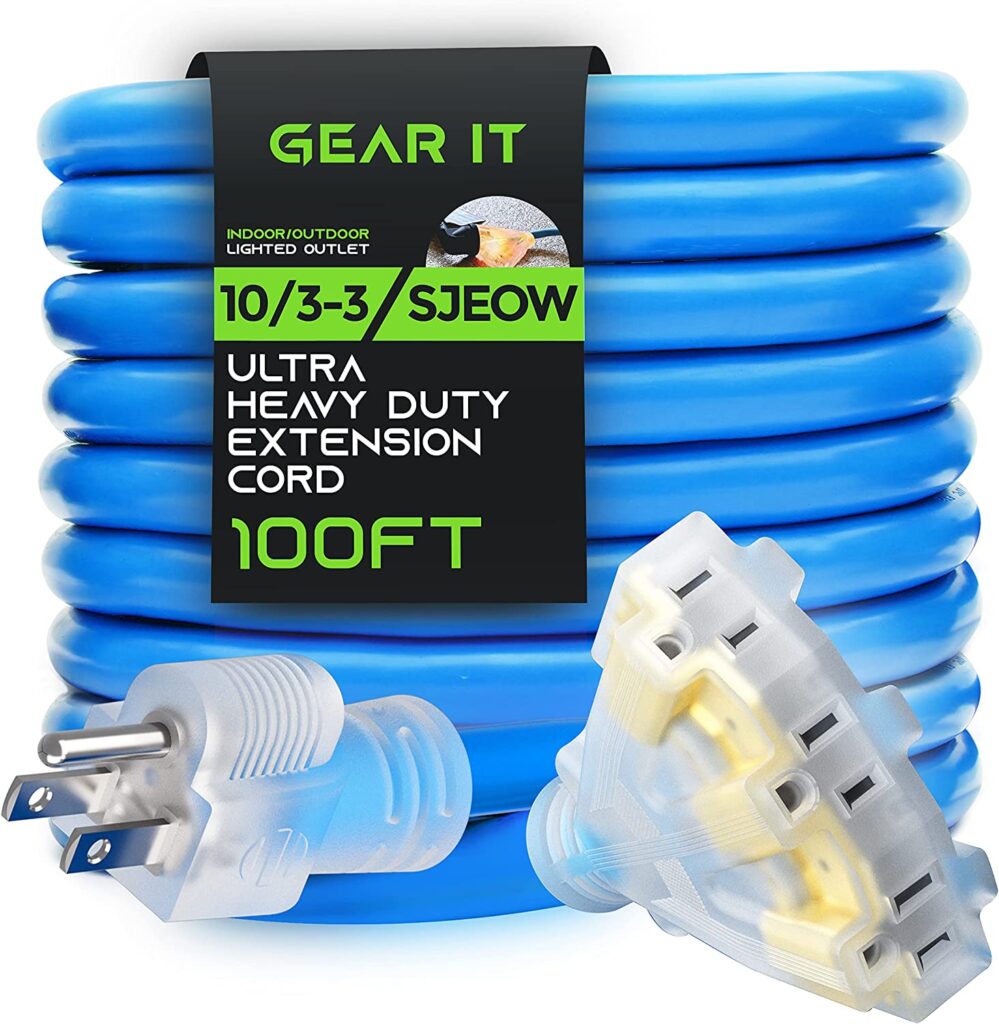
The GearIT Extension Cord is a heavy-duty power cord that is 100 feet long and has three outlets. It is designed with a 10-gauge wire and a 3-prong plug, making it capable of handling high-powered devices and heavy loads.
This triple-outlet extension cord is perfect for outdoor use, construction sites, or any situation where you need a long power cord with multiple outlets. Its ultra-heavy-duty construction ensures that it can withstand rough use and harsh environments.
Pros
- Length: The 100-foot length of the GearIT extension cord provides ample reach, allowing you to power devices and tools at a considerable distance from the power source.
- Wire Gauge: The 10/3 wire gauge indicates that the extension cord is designed to handle heavy-duty power demands, making it suitable for high-power tools and appliances.
- Triple Outlet: The triple outlet feature allows you to connect multiple devices simultaneously, offering convenience and versatility.
- Durable Construction: The “Ultra Heavy Duty” build suggests that the cord is constructed with robust materials, enhancing its durability and resistance to wear and tear.
- Suitable for Outdoor Use: With its sturdy construction and heavy-duty rating, the extension cord is likely designed for outdoor use, making it useful for various tasks and projects in the yard or on construction sites.
- Versatility: The extension cord’s length, heavy-duty design, and triple outlet configuration make it versatile for a wide range of applications, both indoors and outdoors.
Cons
- Weight: Due to its heavy-duty construction and length, the GearIT extension cord may be quite heavy and cumbersome to handle and store, particularly during transportation.
- Limited Electrical Devices: While the triple outlet feature is beneficial, it’s essential to be mindful of the total power consumption. Using multiple high-power devices simultaneously could overload the cord or the power source.
4-Prong Generator Plug
A 4-prong generator plug is a type of electrical connector that is commonly used to connect a portable generator to a power source. The plug is called a 4-prong because it has four prongs or pins that are used for electrical connections.
Like a 3-prong generator plug, a 4-prong plug has two hot wires that carry the electrical current from the generator to the power source and a ground wire that provides a safe path for any electrical current that may leak.
However, a 4-prong generator plug also includes a neutral wire that provides a return path for the electrical current. One major advantage of using a 4-prong generator plug is that it is safer to use than a 3-prong plug in situations where there is a risk of electrical current leaking into the ground or other objects.
The neutral wire in a 4-prong plug helps to prevent this from happening. Another advantage of using a 4-prong generator plug is that it is more versatile than a 3-prong plug. The additional neutral wire allows the plug to be used in a wider range of applications, including those that require more complex electrical connections.
However, a potential disadvantage of using a 4-prong generator plug is that it may be more expensive and difficult to install than a 3-prong plug. Additionally, some older generators may not be compatible with 4-prong plugs.
In general, a 4-prong generator plug is a good choice for applications where safety is a top priority, and for those that require more complex electrical connections.
50 FEET Heavy Duty Generator Locking Power Cord NEMA L14-30P/L14-30R,4 Prong

The 50-foot Heavy Duty Generator Locking Power Cord is a sturdy power cable designed to connect your generator to your power equipment. It features a NEMA L14-30P plug on one end and a NEMA L14-30R receptacle on the other, both of which have four prongs for a secure and stable connection.
This power cord is 50 feet long and made with heavy-duty materials to withstand harsh environments and rough use. It is designed with a locking mechanism to ensure a secure connection that will not accidentally disconnect.
This locking mechanism helps to prevent any accidental interruption of the power supply, ensuring your devices and equipment are always powered up. The power cord is an excellent choice for powering up your power tools, machinery, and other equipment that require a reliable and heavy-duty power supply.
Pros
- Length: The 50-foot length of the heavy-duty generator power cord provides significant reach, allowing you to connect your generator to power outlets at a considerable distance.
- Heavy-Duty Design: The cord’s heavy-duty construction ensures durability and can withstand rugged use, making it suitable for outdoor and demanding applications.
- Locking Power Connection: The NEMA L14-30P/L14-30R locking power connection ensures a secure and reliable connection between the generator and the power source, reducing the risk of accidental disconnections.
- Four-Prong Configuration: The four-prong design is compatible with most generators equipped with an L14-30 outlet, ensuring a proper fit and stable power transfer.
- Weather Resistance: The heavy-duty jacket and sturdy construction of the power cord enhance its resistance to harsh weather conditions, making it suitable for outdoor use in various climates.
- Versatility: The cord’s length, heavy-duty build, and locking power connection make it versatile for powering various equipment, including power tools, RVs, and backup generators.
Cons
- Weight: A 50-foot heavy-duty power cord can be quite heavy and bulky, making it more challenging to handle and store, especially during transportation.
- Limited Compatibility: The NEMA L14-30P/L14-30R locking power connection may not be compatible with all generators or power outlets, so it’s essential to ensure it matches your specific equipment.
Comparison of 3-Prong vs. 4-Prong Generator Plugs
When it comes to choosing between a 3-prong and 4-prong generator plug, there are several factors to consider.
Here’s a comparison of the two types of plugs:
- Safety: In terms of safety, a 4-prong generator plug is generally considered to be safer than a 3-prong plug. This is because the neutral wire in a 4-prong plug helps to prevent electrical current from leaking into the ground or other objects.
- Versatility: A 4-prong generator plug is more versatile than a 3-prong plug because it can be used in a wider range of applications, including those that require more complex electrical connections.
- Compatibility: While both types of plugs are commonly used, some older generators may only be compatible with 3-prong plugs. It’s important to check the specifications of your generator before choosing a plug.
- Cost: In general, 3-prong generator plugs tend to be less expensive than their 4-prong counterparts.
- Ease of use: Both types of plugs are relatively easy to use, but a 3-prong plug is simpler and more straightforward than a 4-prong plug.
Ultimately, the choice between a 3-prong and 4-prong generator plug will depend on your specific needs and circumstances. If safety is a top priority, or if you need to use your generator in a wide range of applications, a 4-prong plug may be the better choice. If you are looking for a simpler, more affordable option, a 3-prong plug may be the way to go.
People also ask
Which plug should I use on my generator?
The type of plug you should use on your generator depends on the specifications of your generator and your specific needs.
Check your generator’s specifications and consider your safety requirements to determine whether a 3-prong or 4-prong plug is the best choice for your situation.
What is the 4-prong on a generator?
The 4-prong on a generator refers to the type of electrical outlet configuration commonly found on generators. It consists of four prongs or pins arranged in a specific pattern.
The 4-prong outlet is typically used for generators with higher power capacities and is designed to accommodate 240-volt electrical systems.
It allows for the connection of larger appliances or equipment that require this higher voltage, such as certain household appliances, power tools, or RVs. The specific arrangement and design of the prongs may vary depending on the generator model and the country’s electrical standards.
What is the difference between a 50 amp and 30 amp generator plug?
A 50 amp generator plug can deliver up to 12,000 watts of power at 240 volts, while a 30 amp plug can deliver up to 7,200 watts of power at 240 volts. A 50 amp plug is typically used for larger generators and applications that require a higher power output,
while a 30 amp plug is more suitable for smaller generators or applications with lower power requirements. The choice between the two will depend on your specific needs and the size of your generator.
How do you change a 4-prong outlet to a 3-prong outlet?
It is not recommended to change a 4-prong outlet to a 3-prong outlet without professional assistance. However, if you do choose to do so, turn off the power supply, remove the old outlet, install a grounding wire, and replace the outlet with a 3-prong outlet. It is important to ensure that the outlet is properly grounded to avoid electrical hazards.
Conclusion
In conclusion, the choice between a 3-prong vs. 4-prong generator plug will depend on several factors, including the specifications of your generator, the application you will be using it for, and your safety requirements.
A 4-prong plug provides an additional grounding wire that can improve safety in certain situations, but it may require special wiring and outlets to handle the higher power output. Ultimately, it is important to carefully consider your needs and consult with a professional electrician before making any modifications to your generator plug or electrical system.
Hi, I am Brines Loe and I am an Expert in Generators I have Experience in This Field I want to Help You About This Website! Welcome to our generator (Outdoor) Guide blog! We are dedicated to providing you with the latest information and tips on outdoor generators, ensuring that you have the knowledge you need to make informed decisions about which generator is right for you.
